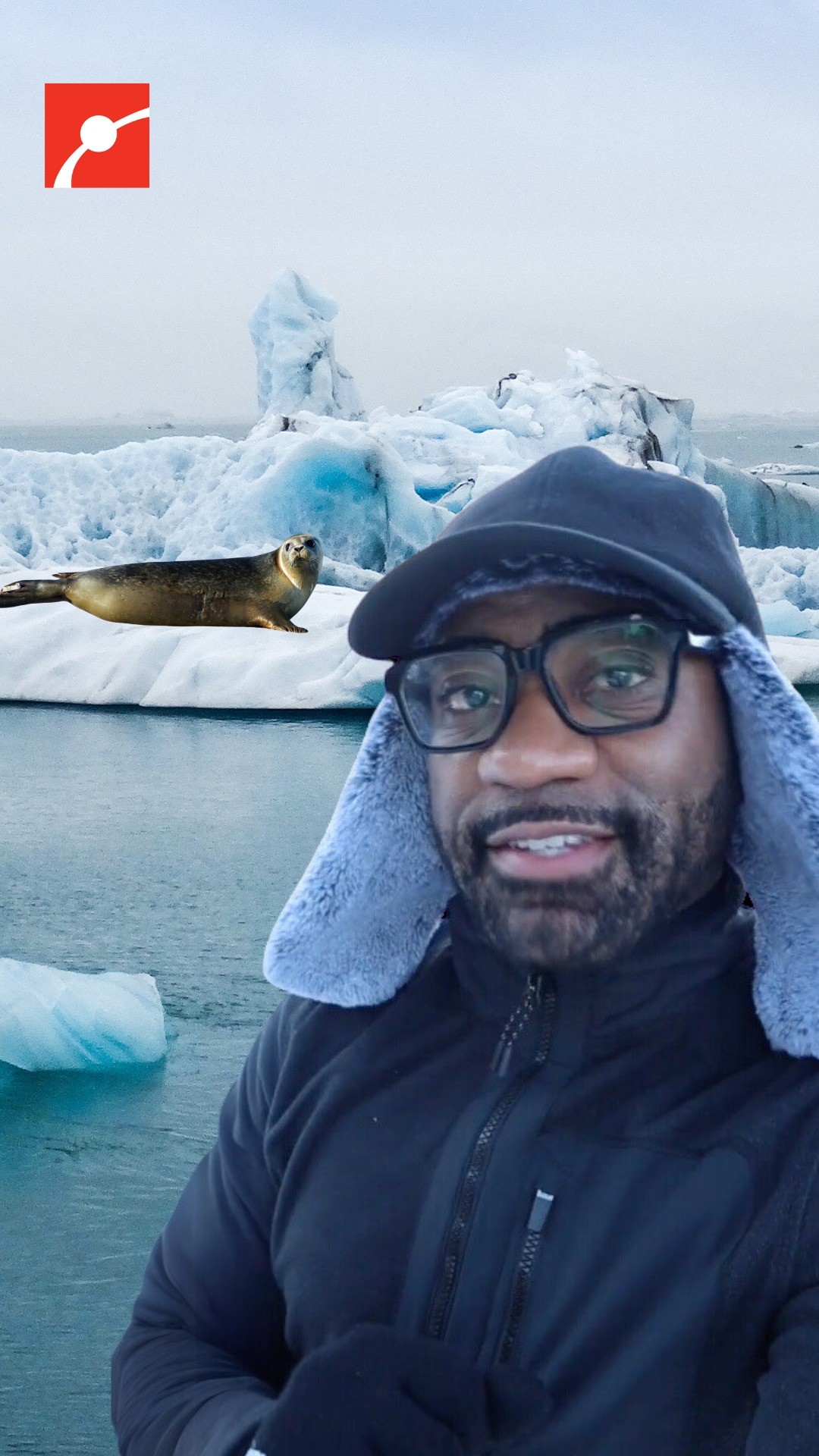- Explore the mammalian dive reflex and its role in survival for marine mammals.
- Understand the physiological effects of cold water on humans, highlighting cardiovascular changes.
- Learn practical ways to experience the mammalian dive reflex at home safely.
- Examine the conservation ties of the mammalian dive reflex with environmental health indicators.
- Discover the broader implications of cold water immersion on the human body and aquatic life.
The mammalian dive reflex is one of nature’s fascinating adaptations, a survival mechanism for marine mammals. It is a suite of physiological responses that optimize oxygen use during submersion in water. This primal reflex, shared by humans, is triggered by the sensation of cold water, particularly on the face. When cold water touches the facial skin, sensors signal the trigeminal nerve, prompting several systemic changes aimed at conserving oxygen.
These modifications include a dramatic slowing of the heart rate, known as bradycardia, and the redirection of blood flow from the extremities to the vital organs, such as the heart and brain. This redistribution mechanism, called peripheral vasoconstriction, conserves oxygen and allows prolonged dives, crucial for marine mammals hunting below the ocean’s surface.
In humans, such physiological adjustments also occur. However, they are less pronounced due to our terrestrial nature and comparatively infrequent exposure to submerged environments. Still, the mammalian dive reflex offers a remarkable glimpse into our evolutionary past and the adaptability of mammals to challenging habitats.
Interestingly, you can experience this reflex firsthand. By dipping your face in cold water and monitoring your pulse, you will witness a natural lowering of your heart rate. This safe interaction serves as an educational tool for understanding the reflexes ingrained in our biology. It’s important to conduct this experiment in a safe environment, ensuring the water’s temperature is not unbearably cold and you do not remain submerged for too long, keeping safety priorities in line.
The cardiovascular effects of cold water immersion go beyond just the mammalian dive reflex. Plunging into cold water stimulates an immediate heart rate increase and a subsequent increase in blood pressure due to peripheral vasoconstriction. These reactions are the body’s attempt to maintain core temperature by prioritizing internal heat preservation. However, extended exposure allows the subsequent calm of the dive reflex to prevail, lowering the heart rate substantially.
Understanding these reactions is crucial, especially for those venturing into cold water swimming or planning exposure to low temperatures. The knowledge helps minimize risks associated with sudden immersion, common in icy water rescue scenarios or in the therapeutic use of cold water immersion.
Cold water hits differently. The stark contrast with our natural body temperature acts as a stressor but teaches us about our capacity to adapt. The physiological changes during such encounters are not just an individual experience; they have broader implications. For instance, the health of marine mammal populations can serve as ecological indicators. A robust diving ability signifies a thriving ecosystem with sufficient prey availability and minimal pollution impacts. Thus, the mammalian dive reflex also connects with larger conservation efforts, emphasizing the need for comprehensive multidimensional approaches to wildlife and environmental conservation.
Cold water immersion furthers scientific interest beyond immediate physiological effects. Research investigates potential benefits, such as reduced inflammation and enhanced recovery post-exercise due to cold-induced vascular shifts. There’s growing advocacy for using controlled cold exposure as a plausible adjunct support in various health treatments. However, rigorous, well-documented evidence must back up these claims, ensuring that such practices are safe and beneficial in the long term.
This intrinsic adaptation showcases nature’s propensity for innovation and survival. Observing the mammalian dive reflex in action—be it in marine animals or humans—sheds light on environmental adaptability and conservation needs. As we continue to explore the dynamics of cold water interactions, both biologically and ecologically, the integration of science and conservation philosophy remains paramount. Through education and research, understanding these intricate biological phenomena helps develop sustainable practices to protect both marine life and our interaction with aquatic environments.
Regularly immersing oneself in cold water, within safe limits, can also potentially foster resilience. By repeatedly stimulating the dive reflex, one might increase tolerance to cold, improve circulation, and possibly gain psychological benefits, such as stress reduction. But the science isn’t yet settled, and what works varies among individuals. The subjective nature of cold water’s impact underlines the need for tailored approaches under scientific guidance.
In the evolving narrative between humans and natural environments, the cold water experience becomes more than a curiosity. It opens scientific windows into adaptation, physiological resilience, and the preservation of life underwater. Beyond our understanding of the dive reflex, this exploration continues to champion the conservation message, highlighting how interconnected our survival mechanisms are with those of the creatures sharing our planet.
*****
Source Description
Cold water hits different—and there’s a scientific reason why! 🥶
The mammalian dive reflex helps marine mammals survive deep-sea dives by conserving oxygen and slowing the heart rate. Want to feel it in action? Try dipping your face in cold water and checking your pulse!


